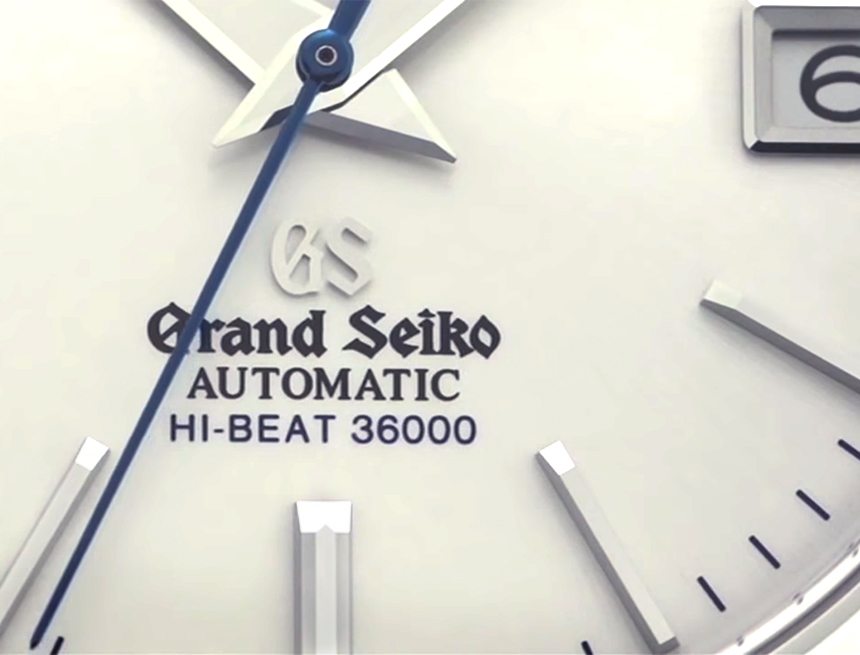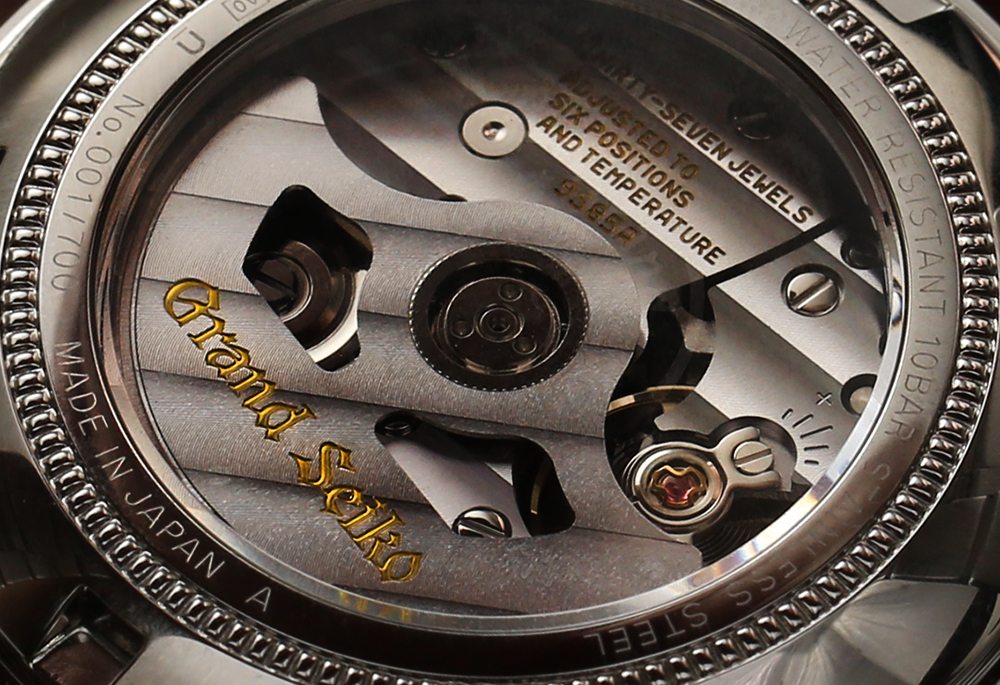Here’s another fun video from Seiko, this time bringing us a rare, if brusque, peek at Grand Seiko watches being manufactured from start to finish, specifically with a focus on the 9S movement family. We recently also brought you a video (and making-of video) where Seiko micro-engineers applied their talents to creating a horologically themed and sized Rube Goldberg machine. These short videos help bring a much needed sense of personality and connection to the brand for enthusiasts who can sometimes see Seiko’s exquisite work as pristinely cold.
For Seiko, 9S basically refers to Grand Seiko’s current range of mechanical movements, alongside 9F quartz and 9R Spring Drive movements. The 9S movements are found in a range of watches and include basic hand-wound and automatic three-hand movements with date, all the way to Hi-Beat (5Hz) and Hi-Beat GMT movements. Seiko seems to grasp the idea that using media like this to show exactly how its products are made and why they have value can create excitement and desire among the population that would be interested in buying Grand Seiko watches.

The video shows a lot, but some of the labels used throughout might benefit from explanation. What, for example, is “Spron” (1:05) or “Micro-Electro-Mechanical Systems” (1:52)? Spron is a cobalt-nickel alloy created by Seiko, and they claim it has “superior elasticity, great strength, and high heat and corrosion resistance,” resulting in hairsprings that are more resilient to shock and magnetism with greater stability and accuracy over time. Seiko is one of the very few watch brands that can claim to be “fully integrated,” producing every part of the watch in-house, including their own escapements and even hairsprings – something most Swiss companies outsource to specialists. ETA, for instance, gets hairsprings from Swatch sister company Nivarex.
Micro-Electro-Mechanical Systems (or MEMS) comes from a semiconductor manufacturing technology that allows, according to Seiko, extreme precision for producing very small components in the 9S movements. MEMS is used to make the escape wheel and pallet in the 9S65 movement that is found in the Grand Seiko SBGR077 & SBGR079 watches (hands-on here), for instance. At 2:14 in the video, “Rh” stands for rhodium, and we can see movement plates on a rack emerging from their electrochemical bath, which will provide them resistance to corrosion along with the spectacular polished sheen visible through the casebacks of many Grand Seiko watches.

Moving on from the high-tech and industrial component manufacturing, the video takes us to Seiko’s Shizuku-ishi Watch Studio in snowy northeastern Japan, in Morioka. This is where Grand Seiko 9S movements are hand-assembled, tested, and individually inspected. The Grand Seiko Standard is an in-house testing process that seems designed to best Switzerland’s COSC chronometer certification at almost every metric – perhaps worth exploring in greater depth in another article. Finally, we see a fully completed Grand Seiko Hi-Beat watch placed on the customer’s wrist… The video is cute and not overly slick, seeming to emphasize the substance of the product over some kind of lifestyle positioning – a sign they are perhaps embracing their status as a watchnerd’s brand. seiko.co.jp
